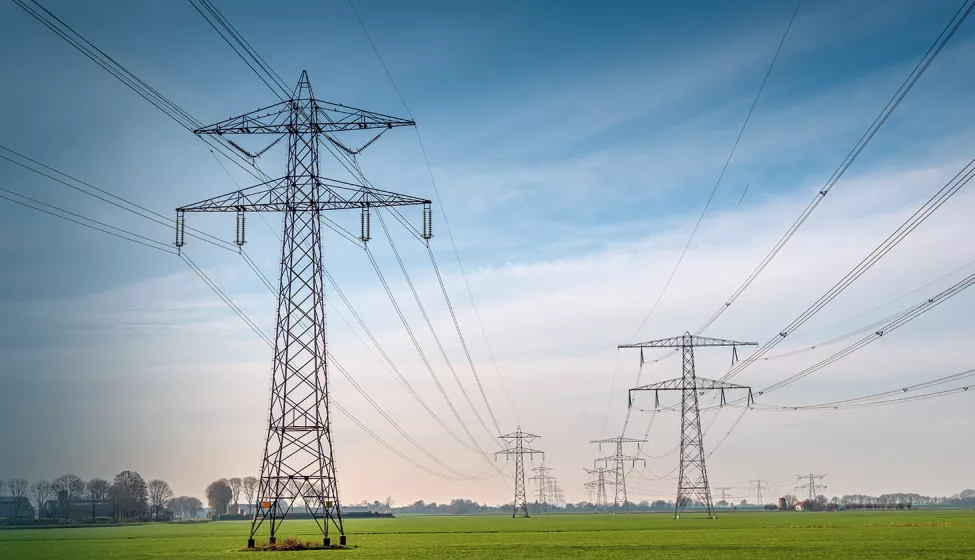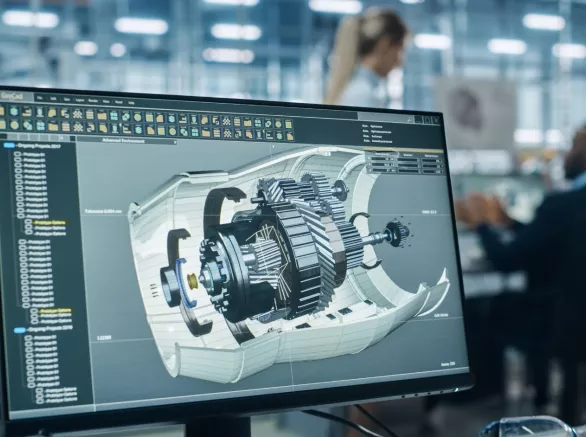October 28, 2021
Applied lessons from extreme weather events and peak usage for a more robust power grid
The United States has experienced numerous extreme weather events recently, and the national power grid has struggled under their impact. Parts of our current power grid were not designed to handle such highly inclement and even dangerous meteorological conditions. The problems created stress other parts of our grid, and all of this is only exacerbated by the continually rising demand for electricity.
Improving the power grid is not so much an environmental, technological, or even a political issue; it is a best practices issue that requires applying energy-production technologies in innovative ways to address this problem through better planning, engineering, implementation, and management.
Rolling blackouts only bandage the problem
Rolling blackouts — technically called load shedding — have become synonymous with customers losing power. However, it is important to understand that rolling blackouts are intentional acts that help prevent total blackouts. Power outages are typically unplanned; rolling blackouts are planned events where the utility curtails load to customers on a rotating basis to ensure that customer electricity demand does not exceed the available generation capacity.
Take for example California's power grid management body, the California Independent System Operator (CAISO), which has been struggling for years to respond to ever-increasing power demands from the state's 39.5 million residents, including users such as high-tech corporations, manufacturing plants, and agricultural industries all based in The Golden State.
With the world's fifth largest economy ($1.3 trillion GDP), California's power demands have never been higher, and the need to implement rolling blackouts has never been greater. According to CAISO's 2020 Root Cause Analysis report for that summer, two rotating outages on August 14 and 15 (the first in 20 years) affected over 821,600 customers during a West-wide extreme heat wave.
But rolling blackouts are only band-aid solutions to a much more systemic problem: the lack of generation capacity. Increasing generation capacity requires building new power plants, implementing a wide variety of power generating technologies (i.e., coal, natural gas, nuclear), and better coordinating traditional generation with renewable generation (e.g., wind and solar power), which may not always be available when most needed.
Long-term solutions are best
California is aggressively building renewable power plants such as solar and wind farms, but these efforts are not keeping up with the combination of increasing demand and closures of large power plants that use traditional generation methods (i.e., fossil fuels and nuclear). As a result, California imports nearly 28% of its electricity from other states, presenting challenges for mitigating future generation shortfalls and the resulting need for rolling blackouts — something that CAISO and its partners are working hard to avoid.
So how do we build a better power grid? One that can withstand extreme weather events and meet ever-growing electricity demands? There are several important ways to do this.
First, there aren't many high-voltage lines that go to the places where renewable energy is most abundant (e.g., the Southwest for solar or the Midwest for wind). Building new transmission capacity to these areas is becoming increasingly important.
Second, we need to better connect electricity usage to electricity generation through smart grid technologies. For example, smart grid technologies can use real-time prices to shift appliance use to off-peak times. Smart grid technologies can also be used to implement a different kind of load shedding — called under-frequency load shedding — at an appliance level instead of rolling blackouts, allowing the system to be protected without having to curtail entire communities.
Third, we will progressively need to add energy storage capacity as we increasingly rely on intermittent generation technologies, such as wind and solar, so that energy is available when it is most needed. One option is to allow utilities to utilize the batteries in electric vehicles to help support the grid. Ultimately, utilities will have to deploy an enormous amount of dedicated battery storage, which will require batteries that are safer, more efficient, and less expensive.
Finally, people are an essential part of this equation.
There are other things that we need to look at beyond simply building more power plants.
We need energy efficiency in homes, schools, businesses, government buildings, new construction, etc. We also need to better balance the supply side of the issue (i.e., the amount of generation) with the demand side of the issue (i.e., when-and-how electricity is used).
For example, utilities should look at increasingly using "negawatt bidding" in their wholesale power markets. This is when a group of customers offers to reduce their electricity consumption during certain times in exchange for the wholesale clearing price of electricity. When load starts to exceed generation capacity, reducing load by a megawatt is just as valuable as increasing generation by a megawatt.
All in all, when these best practices are implemented in concert with new power-generating plants and technologies coming online, we will start to see more robust power grids capable of handling a good deal of what Mother Nature can throw at us, even as demand continues to grow.
How Exponent Can Help
Exponent professionals have extensive experience with and knowledge of synchronous generators, power stations, short-circuit fault analysis and fault calculations, protection system design and coordination, transmission line analysis including the effect of the electric and magnetic fields and right-of-way, DC transmission and converter stations, power system components such as high-voltage transformers and circuit-breakers, high-voltage liquid dielectrics and dielectric testing including environmentally friendly dielectrics, and new technologies and renewable energies including wind and solar plants.


